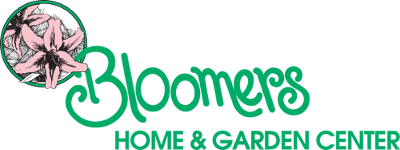What is it?
Hardscape is not a catchy term for overly difficult gardening sites. It simply means the hard, durable parts of the landscape…the non-plant elements. Hardscaping elements are often chosen for function and directly or indirectly add beauty as well. Hardscape can be used to: provide definition of different areas within a landscape, direct views and traffic, frame or screen views, provide shelter, ambience and ease of access, and create containment.
Seating
Seating areas can help to control views and define experiences in the landscape. Patios can gain extra function with built-in spaces for grills, speakers or lights. Full-size patios near the house are traditional for entertaining and cookouts, but small areas of private seating quickly prove their worth as well. A bench or two along a path can carry the eye to accent plants or sculpture and away from unsightly areas. Benches and other seating can also function as decoration, visible destinations, and hidden retreats or rest stops within the landscape.
Walls
Walls of natural stone, textured block or treated wood can define boundaries; retain soil when adding multiple levels to a landscape and aid in the creation of water features. Even without a pond, water simply flowing over retaining walls adds soothing sound and can be easily done with a re-circulating pump. Walls also provide one more place to garden, as plants can be grown in their cracks and crevices. Succulents work well for this, but so do herbs such as creeping thyme – perfect for the wall next to the grill.
Pathways
Pathways direct the feet and the eyes, with their materials and their layout affecting the pace, as well as the overall experience, of those navigating them. Paving bricks and blocks are considered more formal than gravel or stone, with stepping stones and mulch being the least formal. Straight paths, giving a direct route to a set destination, cause users to adopt a quicker pace and focus on the visible lure at the end of the path – such as a sculpture, bench, or ravishing specimen plant. Winding or vanishing paths pull the traveler forward with the mystery of what lies around the bend, but at a more meandering pace.
Decorative Structures
Arbors, pergolas and gazebos can function merely as attractive, sheltering destinations, or they can define areas of transition. They can also provide vertical interest and support for climbing plants, as do obelisks, trellises and plant pillars. The type of material such structures are created from is a factor in how well they fit into the given landscape and the ambience they lend to it – Victorian scrollwork, wrought iron, unfinished cedar, or rough logs and twigs are a few of the common and distinctively different choices.
Fences
Fencing is another hardscaping element with multiple possible functions and material choices. It can screen views, provide a backdrop or climbing support for plants and create enclosures for pets or children to play in, or protect plants from animal invaders. Fencing can even be used to designate boundaries and frame views at the same time, by spacing fence sections with gaps between them. This lends definition to the area they border while each gap provides a snapshot of the landscape beyond.
Give it a bit of thought
Hardscaping should be planned for, and some even installed, before the plants are in the landscape. Plan based on space, budget, and foremost, how you will use the finished landscape. Do you just want a pretty view from the house, or do you need spots to entertain and relax, a veggie patch and a bit of lawn for the kids? Don’t forget a retreat area under the shade tree… where hardscaping with a hammock is highly recommended.

